Imaging Space and Silence in Oscar Zarate’s Thomas Girtin: The Forgotten Painter
“Oscar Zarate is telling a story about art and the ways that it’s a life choice by making these characters face several other choices that may or may not be related to art. But with every challenge faced, with every decision made, it always comes back to Art.“
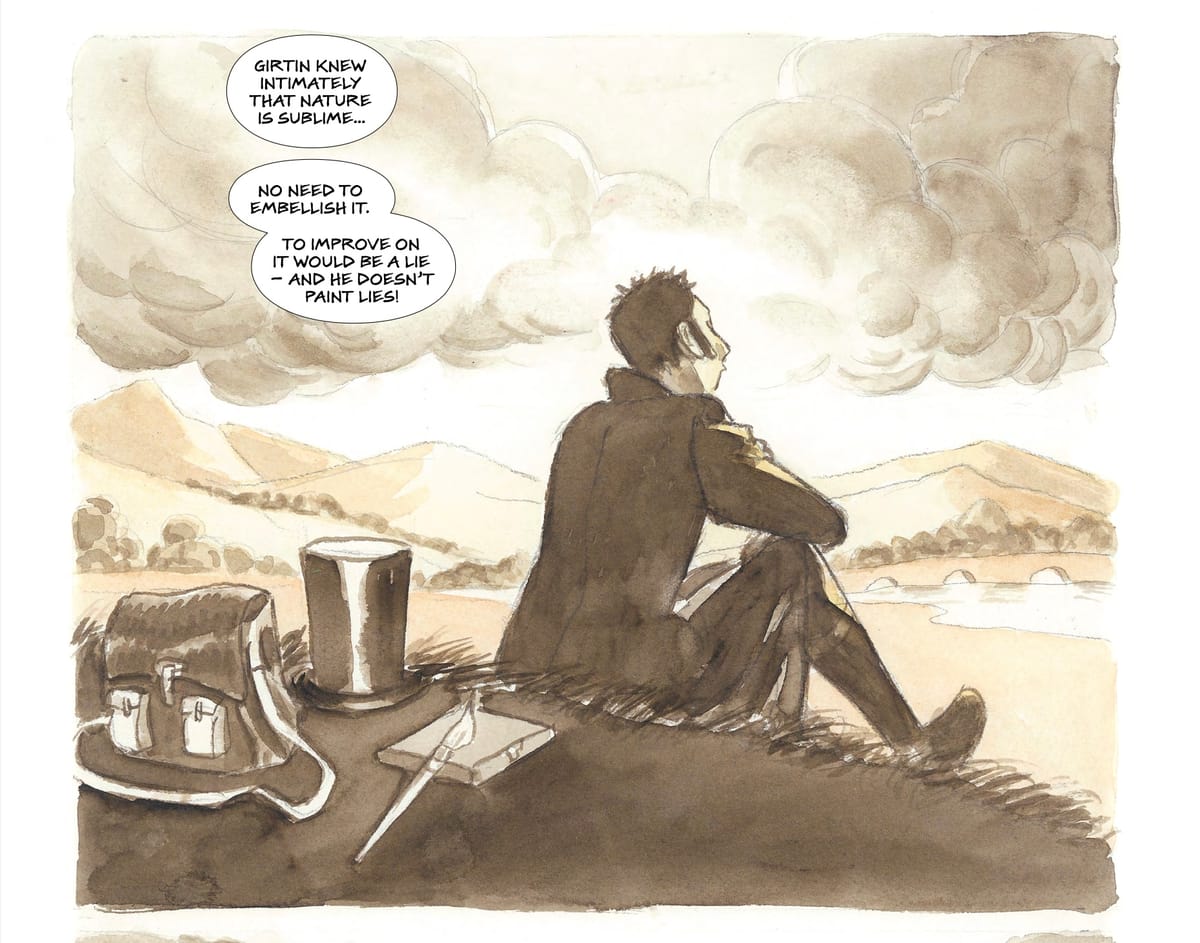
Oscar Zarate’s Thomas Girtin: The Forgotten Painter opens with two people, lying naked on a bed. Some fleshy bulges and folds are the result of age and living. They lay with her body turned slightly away from his but her head tilted slightly to catch a glimpse of him over her shoulder. It’s both a provocative opening but it’s also just so matter of fact, like they’ve been in these positions many times before. The narration over these images is from a man and a woman, each recounting their intimate knowledge of these two figures. They talk about their time together, how well they know these bodies, and how dissatisfied they are with themselves that you think at first you’re reading the thoughts of these two lovers (?) but Zarate is playing a bit of a trick on us, or at least practicing some narrative sleight of hand.
That’s his way of preparing us to read his book. He is prepping up to pay attention, to understand these characters but to be ready for thoughts and actions to conflict with each other. What the characters say may not be what they do and vice versa. So why do that in a book about an obscure English watercolorist from the late 1700s? Why set us up this way, until this isn’t a book bout an obscure English painter?
Girtin, a friend, contemporary, and rival of the far more renowned William Turner, exists both in the past and present tense here as three current-day friends, Fred, Arturo, and Sarah, discover this overlooked artist and develop a fascination with him. Zarate uses this friendship to explore the life and times of a man who lived 200 years before the present-day events of their own life. These three friends aren’t just guides to Girtin’s story but co-leads in this book about these people who may feel like their lives are just as forgotten as Girtin’s were before they rediscovered him.
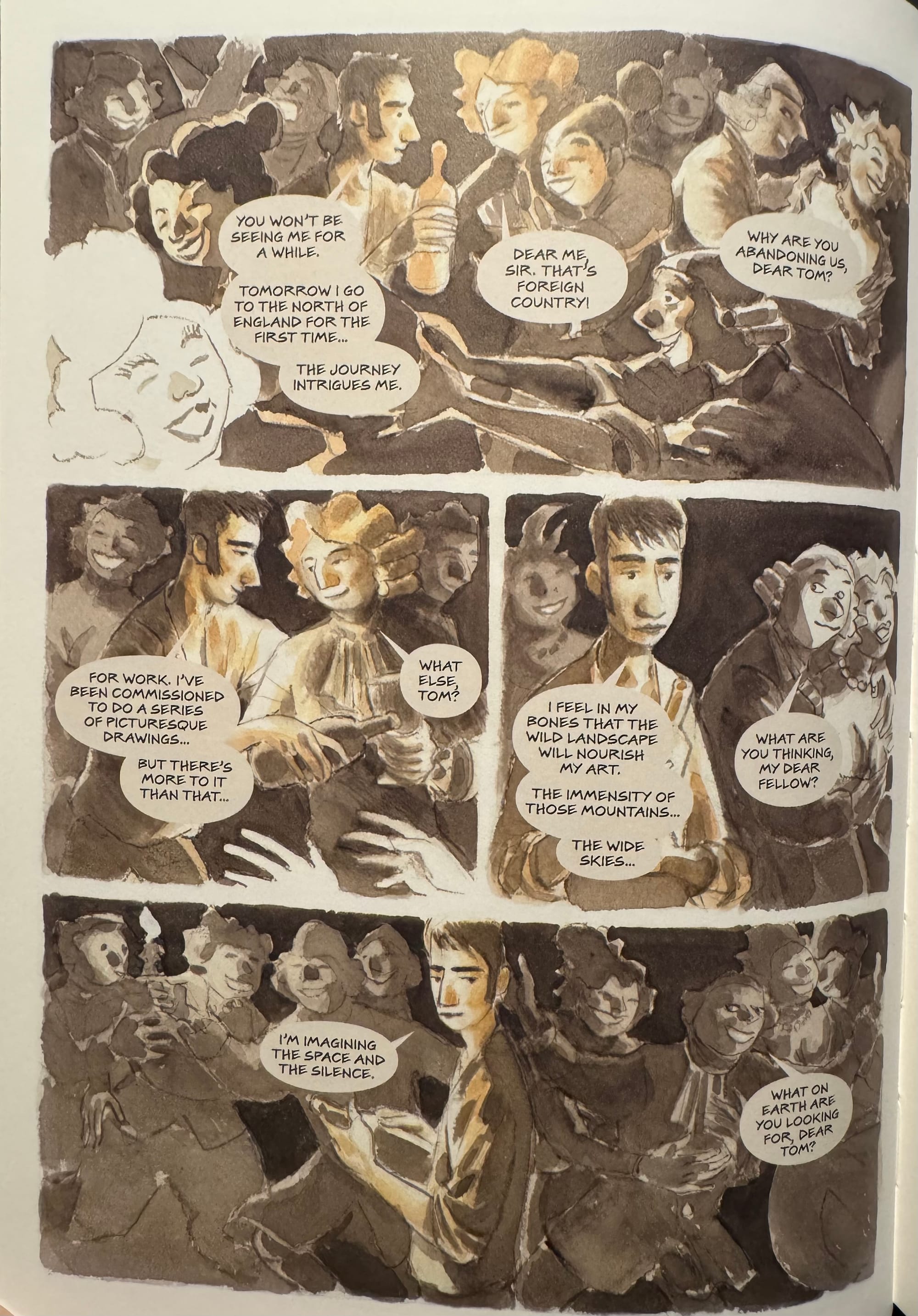
While all of these people have a lot going on in their lives (Girtin vs. patrons, Fred pressured to not be a whistleblower, Sarah confronting an abandoned friendship, and Arturo confronting his past as an Argentinean rebel,) Art (capital “A”) is a way of life for them. That’s what connects them, binding them with a shared language. Zarate is telling a story about art and the ways that it’s a life choice by making these characters face several other choices that may or may not be related to art. But with every challenge faced, with every decision made, it always comes back to Art. The way that other people’s lives revolve around the local football team or work, or any other obsession, Art here is more than just an object to be appreciated; it’s a way of living. Girtin functions as a sort of mentor for Arturo, Fred, and Sarah. Learning about Girtin, they begin to look at their life differently.
“Funny how you can go through life and hardly notice [clouds.]. You need Thomas Girtin in your life to open your eyes and look at them…” Arturo muses standing on a London bridge, looking out over the Thames. It’s more than using art as an escape, although there are elements of that in Zarate’s story. Arturo is not talking about a surface-level appreciation of art when he thinks “You need Thomas Girtin in your life”; he’s looking at it more on a spiritual level, using Girtin to learn how to appreciate life and live it. Other people look to religion but Zarate’s characters look to art to find meaning and ways to understand life.
Like Girtin, Zarate works in watercolors, creating a link between the cartoonist and the artist. Their art is so different- Girtin works in landscapes while Zarate is long-form cartooning. By working in the same medium, Zarate is a bit like his characters, trying to plumb the spiritual through his artwork. He’s searching and wrestling with Girtin’s legacy just as much as his characters are. There’s a version of this book that’s just about Girtin, a dry and factual biography about the man’s life and times.
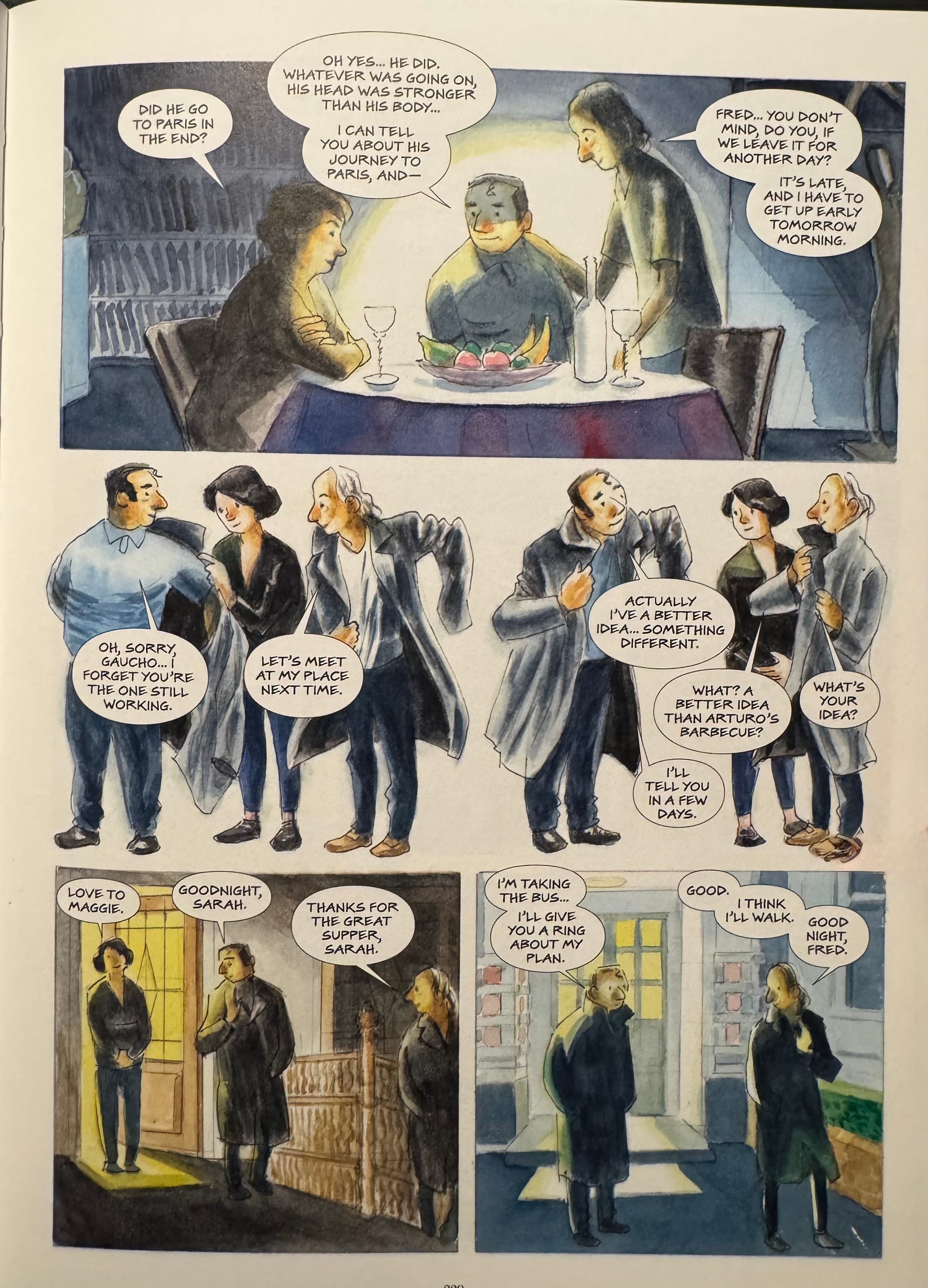
As the characters learn to experience Girtin (“He’s painting time,” Arturo thinks while Sarah concludes “he has painted silence” while looking at the same painting,) Zarate is trying to bring these same lessons into his work here. Zarate is trying to take the spirit of Girtin’s landscapes and apply it to a narrative work. He has to simplify his approach a bit but he also embraces the language of comics to build on that spirit. Zarate’s art adapts to his story, his colors reflecting an emotional palette as well as a natural palette. The deep, dark blues of the night creates connections between the characters, whether they’re together or apart. The sense that they are occupying the same time is enforced by the colors. Or the simple, warm colors provide safe spaces for Girtin and the trio.
Zarate builds these very human connections between all of the characters. While it’s separated by two centuries, Fred, Arturo, and Sarah find in Girtin a similar soul, someone who they can learn about and learn from through his artwork. But even without the focus on Girtin, Zarate would be telling a story about three friends in modern times supporting each other through their struggles and hardships. The camaraderie between the trio is strong to begin with but only gets stronger through this story because they are there for each other. Zarate throws in all of these scenes of the trio in crowds, surrounded by people living their own lives but they form a bond that is missing in Girtin’s life. He could have had it with Turner but events happened that caused them to grow apart and follow their paths.
Thomas Girtin: The Forgotten Painter is a wonderful tale about the discovery of art, self-discovery, and discovering more about friends and loved ones. It’s a story about the importance of these personal connections, and how they feed and sustain us. It feels like that was something that Girtin was searching nature for but Arturo, Fred, and Sarah found in each other. They were able to share as well as support the others as needed, finding this great bond that gives each of them what they need out of it. Zarate brings all of this together in this book that bounces around in time but never loses sight of its soul.
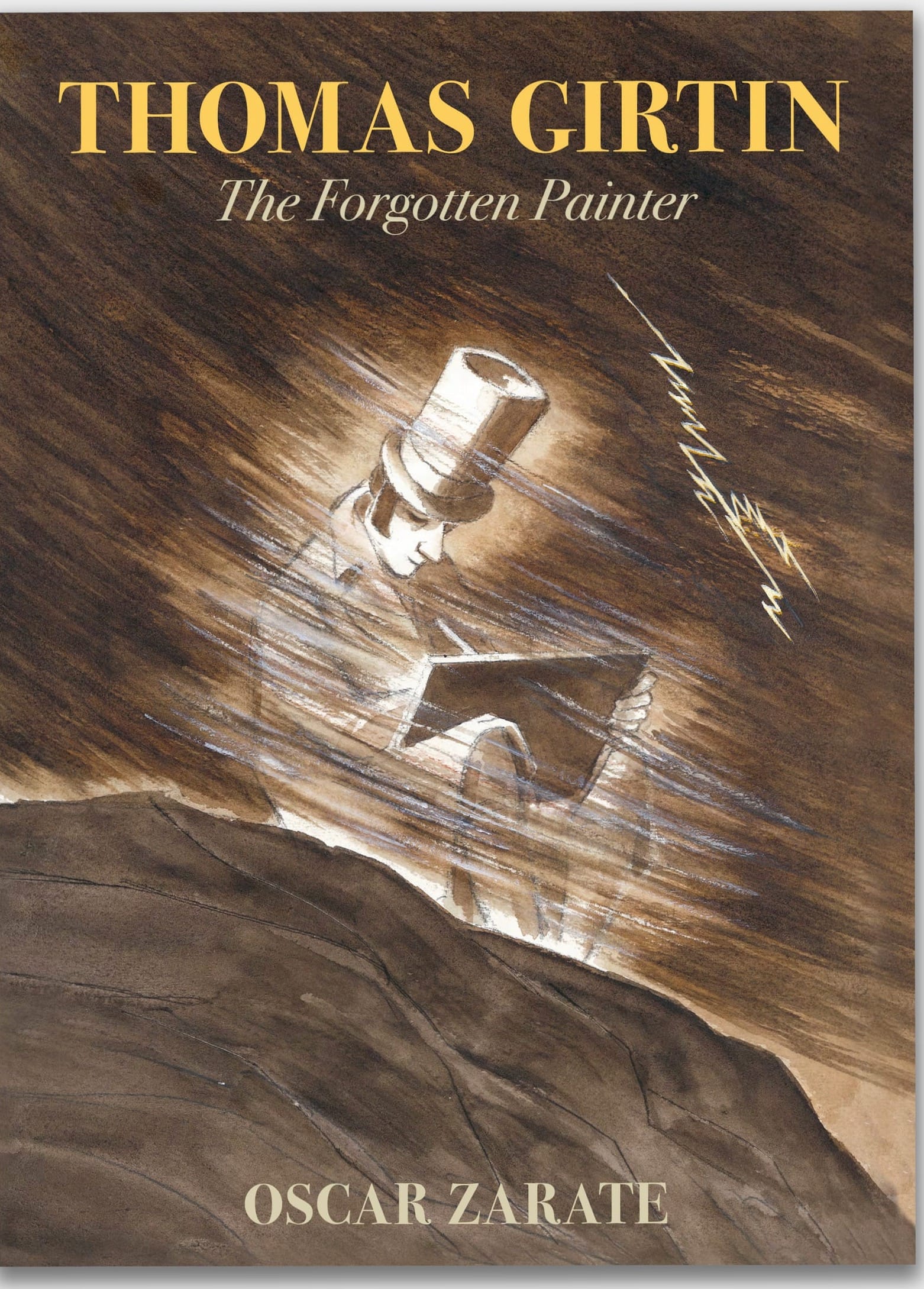


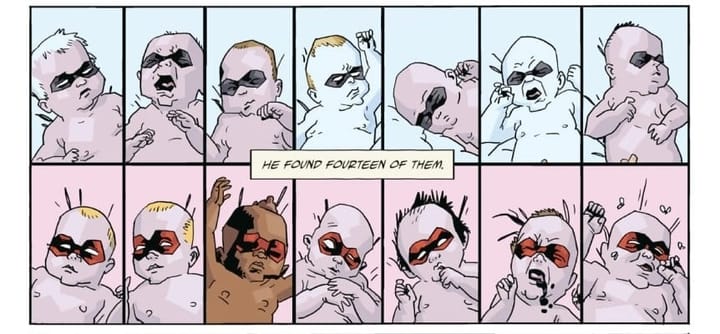
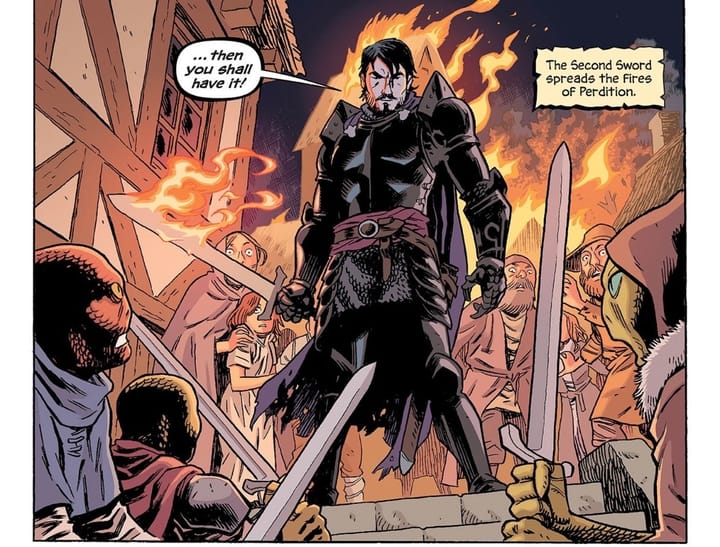
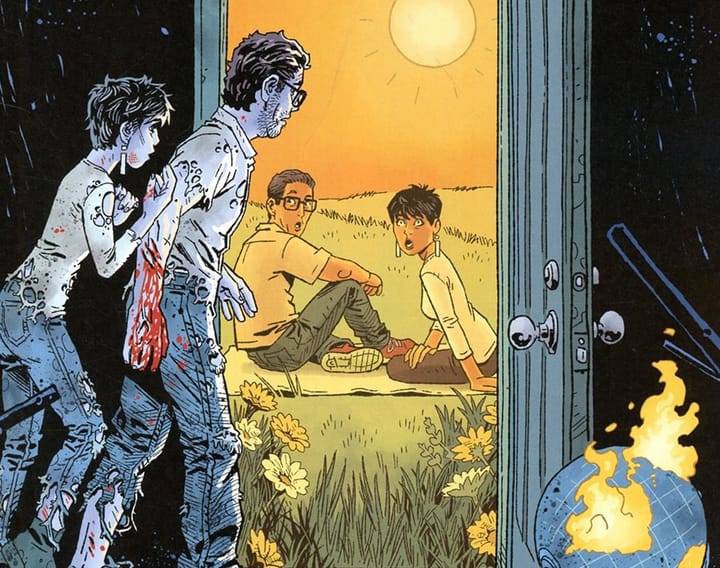
Comments ()